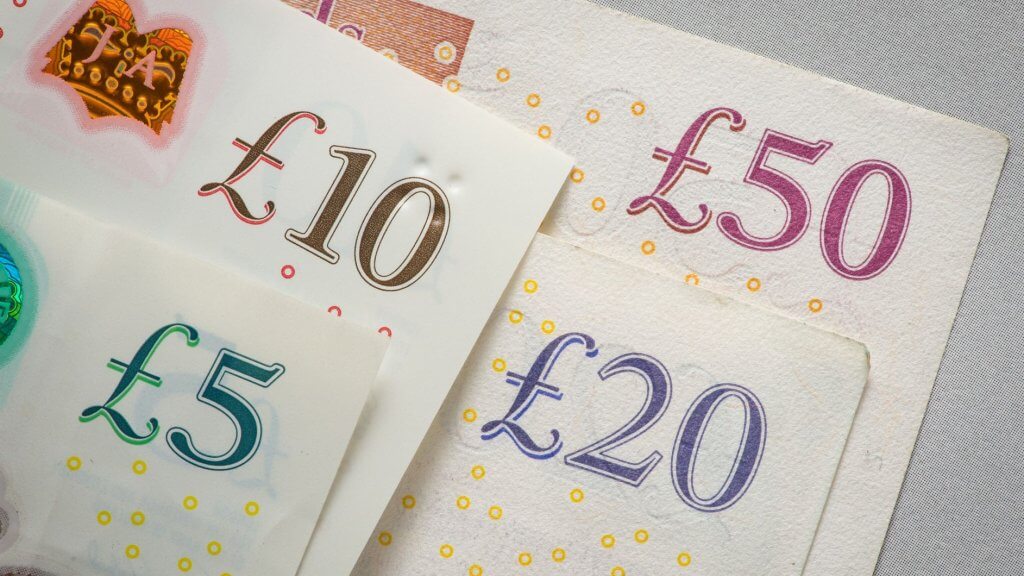How To Make A Return On Your Pension Savings

As a high earner, you may need to navigate considerable financial challenges. This can include the amount of tax you pay on your income.
But there is some good news. There’s an expert approach to maximising your tax savings — using your pension.
You could see a risk-free return on your investment, by clawing back some of the amount you’ve paid in tax.
Let’s explore further.
What will you be taxed as a high earner?
In the UK, you pay tax on money that is classed as income (although there are some exceptions). This includes things like:
- Your earnings from employment
- Income from most pensions, including state pensions, company and personal pensions and retirement annuities
- Rental income
- Benefits from your job
- Income from a trust
- Interest on savings over your savings allowance
- Dividends
This tax is known as income tax, and the rate increases the more you earn. You have a tax-free personal allowance, which is the amount of income you do not have to pay tax on. This stands at £12,570 for the 21/22 tax year.
The basic tax rate for those earning between £12,571 and £50,270 is 20%. As a higher earner, any income that surpasses the £50,270 threshold is taxed at 40%.
As an employee earning over £184 a week and under state pension age, you also have to pay national insurance. This is another form of tax on your earnings and the type of national insurance you pay, known as classes, will depend on your employment status and how much you earn.
If you’re employed, rather than self-employed, you pay Class 1 national insurance contributions. The rates for Class 1 National for the 21/22 tax year are:
- 12% of your pay from £184 to £967 a week (£797 to £4,189 a month)
- 2% of your pay that is over £967 a week (£4,189)
However, there’s some financial planning that you can put in place to avoid paying this much tax.
Make a return on your pension
Making the most of your pension can generate a risk-free return on your investment. Employers can pay pension contributions through a method called salary sacrifice, which means the salary you forgo is not subject to income tax or national insurance.
For example, if a higher rate tax payer were to earn an additional £1,000 over the £50,270 threshold, this is reduced to £580 after income tax and national insurance has been deducted. However, by putting the same amount of money into your pension, the £580 receives an uplift of £420 in tax relief — the equivalent of a 72% return.
If you’re a high earner, then it may be time to reconsider how you use your pension. Consulting with a financial adviser from a wealth management company can help to ensure that you are using your pension effectively.
Disclaimer: Information is correct to the best of our understanding as at the date of publication. Nothing within this content is intended as, or can be relied upon, as financial advice. Capital is at risk. You may get back less than you invested.




